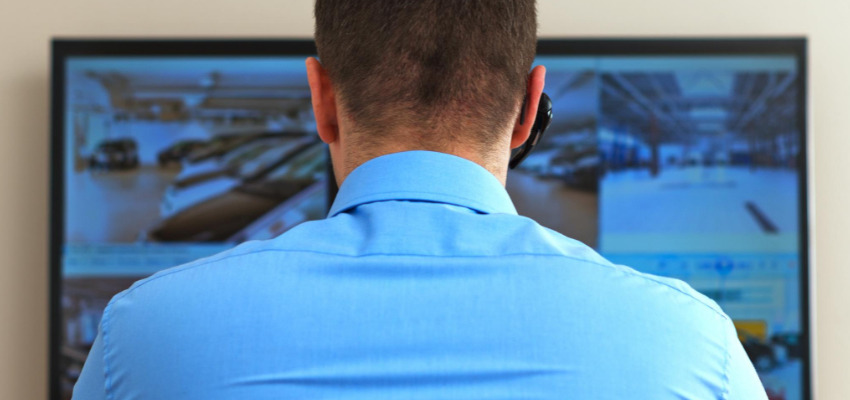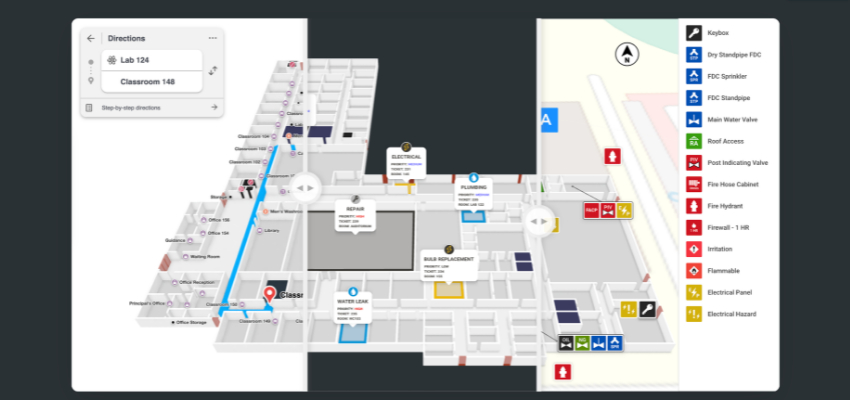Show:
Why Your Data Science Team Needs Separate Test, Validation, and Training Kits
Automated testing of machine learning models can help dramatically reduce the time and effort your team has to devote to debugging them. However, the misapplication of these methods can potentially cause great harm if the process is completely uncontrolled and does not comply with the list of best practices. Some tests can be applied to models after completing the training phase, while others should be applied directly to test the assumptions under which the model is operating.

Traditionally, machine learning models have been difficult to test because they are very complex containers that often host a range of learned operations that cannot be clearly separated from the underlying software. Conventional software can be broken down into separate blocks. That everyone has a specific task. The same cannot be said for machine learning models, which are often purely a product of learning and therefore cannot be decomposed into smaller pieces.
Testing and evaluating the datasets you use for training can be the first step in solving this problem.
Monitoring datasets in the learning environment
Testing machine learning is very different from testing application software because anyone testing machine learning models will find they are trying to test something probabilistic rather than deterministic. An otherwise perfect model could sometimes make mistakes and still be considered the best model anyone could develop. Engineers working on a spreadsheet or database program will not be able to tolerate even the smallest rounding errors, but it is at least somewhat acceptable to detect random errors in the output of a program that processes data with learned responses. The level of variance will differ slightly depending on the tasks that a particular model is trained for, but it can always be present independently.

Safely manage a smaller set of data
Those working with particularly large datasets usually use a split of 60-20-20 or 80-10-10. This helped find a decent balance between competing needs to reduce potential bias, and also ensured the simulation was fast enough to be repeated several times.
Those working with a smaller dataset may find that it is simply not representative enough, but for whatever reason, it is not possible to increase the amount of information put into a test kit. Cross-validation may be the best option for those who find themselves in this situation. This is commonly used by those working in the field of applied machine learning to compare and select models as it is relatively easy to understand.
K-fold cross-validation algorithms are often used to assess the skills of a particular machine learning model on new data, regardless of the size of the data in question. However, no matter which method you decide to try, your team should keep the concepts of test and validation data separate when training your machine learning model. When you compare them between training data and test data, the results should look something like this:
- Test suites are essentially examples that are ever used only to evaluate the performance of a fully defined classifier.
- Validation suites are deployed when data scientists configure the classifier settings. You can start using the validation set to find the total number of hidden units that exist in a predefined neural network.
- Teaching kits are used exclusively for teaching. For example, experts from this specialized data science company define them as sets designed taking into account the parameters of the original classifier.

 Return to Previous Page
Return to Previous Page








